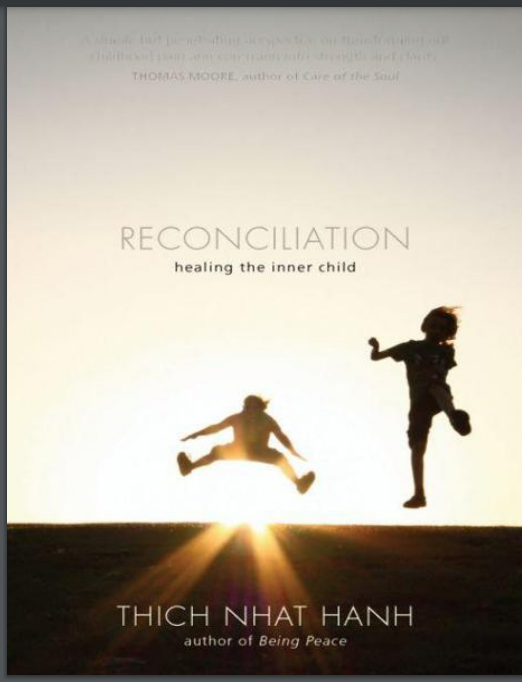

Shamanism: An Introduction by Margaret Stutley
Reviews
No review yet. Be the first to review this book!
Description
Shamanism: An Introduction by Margaret Stutley Shamanism: An Introduction by Margaret Stutley is a comprehensive and accessible exploration of one of humanity's oldest spiritual practices. Drawing on her extensive background in comparative religion and anthropology, Stutley provides an insightful overview of shamanism as both a historical phenomenon and a living tradition that continues to thrive in many parts of the world today. The book delves into the essential features that characterize shamanic belief systems, including the central role of the shaman as a mediator between the human and spirit worlds, healer, diviner, and guide for the community. Stutley traces the roots of shamanism back to prehistoric times, presenting archaeological and anthropological evidence that points to its early existence among hunter-gatherer societies. She examines the common elements found in shamanic practices across cultures—from Siberia and Central Asia, where the term “shaman” originates, to Indigenous communities in the Americas, Africa, and Oceania. Despite variations in ritual and cosmology, Stutley highlights a universal pattern in shamanic experience: the journey into altered states of consciousness, often induced by drumming, chanting, dancing, or the use of psychoactive plants, in order to gain knowledge, healing power, or assistance from the spirit world. The book also addresses the symbolic and mythological aspects of shamanism, exploring its rich narratives about creation, death, and the afterlife, as well as its deep connection to nature and animals. Stutley discusses how shamans often act as custodians of ecological knowledge and spiritual protectors of their environments, roles that have gained renewed relevance in modern discussions of environmental sustainability. In addition to the traditional forms of shamanism, Stutley considers the impact of colonialism and modernity on shamanic practices, including their decline in some regions and revival in others. She examines contemporary movements in neo-shamanism and how elements of traditional practices have been adapted or reinterpreted in modern spiritual and therapeutic contexts. Written with clarity and scholarly rigor, Shamanism: An Introduction serves as both an academic resource and an engaging primer for general readers interested in understanding the enduring power and significance of shamanic traditions. Stutley’s balanced approach—respectful of indigenous perspectives yet critically informed by scholarship—makes this book a valuable contribution to the study of world religions and spiritual practices.






















.jpg)
.jpeg)




.jpg)


.jpeg)



.jpg)

.jpeg)







.jpeg)















.jpeg)



.jpg)

.jpg)



.png)

.jpg)






.jpg)







.jpg)

















































